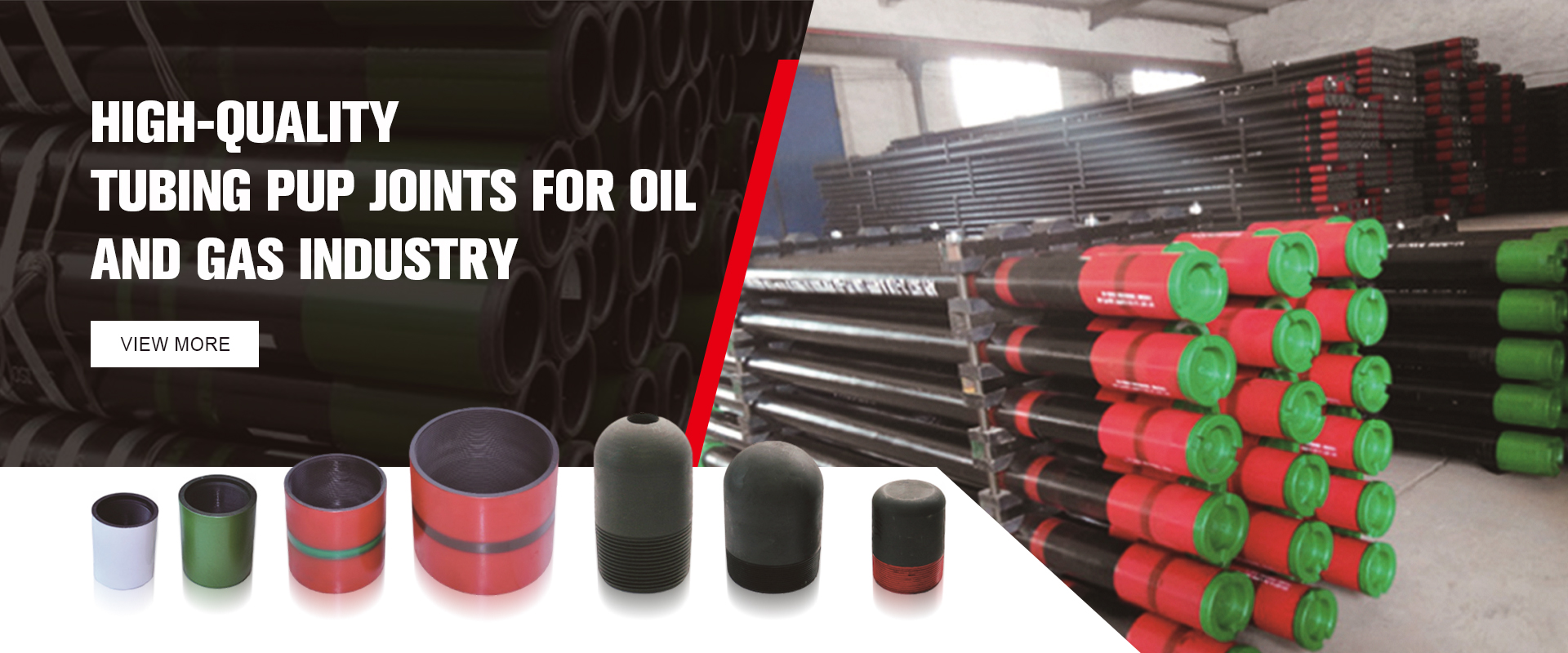- Afrikaans
- Albanian
- Amharic
- Arabic
- Armenian
- Azerbaijani
- Basque
- Belarusian
- Bengali
- Bosnian
- Bulgarian
- Catalan
- Cebuano
- Corsican
- Croatian
- Czech
- Danish
- Dutch
- English
- Esperanto
- Estonian
- Finnish
- French
- Frisian
- Galician
- Georgian
- German
- Greek
- Gujarati
- Haitian Creole
- hausa
- hawaiian
- Hebrew
- Hindi
- Miao
- Hungarian
- Icelandic
- igbo
- Indonesian
- irish
- Italian
- Japanese
- Javanese
- Kannada
- kazakh
- Khmer
- Rwandese
- Korean
- Kurdish
- Kyrgyz
- Lao
- Latin
- Latvian
- Lithuanian
- Luxembourgish
- Macedonian
- Malgashi
- Malay
- Malayalam
- Maltese
- Maori
- Marathi
- Mongolian
- Myanmar
- Nepali
- Norwegian
- Norwegian
- Occitan
- Pashto
- Persian
- Polish
- Portuguese
- Punjabi
- Romanian
- Russian
- Samoan
- Scottish Gaelic
- Serbian
- Sesotho
- Shona
- Sindhi
- Sinhala
- Slovak
- Slovenian
- Somali
- Spanish
- Sundanese
- Swahili
- Swedish
- Tagalog
- Tajik
- Tamil
- Tatar
- Telugu
- Thai
- Turkish
- Turkmen
- Ukrainian
- Urdu
- Uighur
- Uzbek
- Vietnamese
- Welsh
- Bantu
- Yiddish
- Yoruba
- Zulu
casing and tubing connections
Casing and Tubing Connections An Overview
In the oil and gas industry, the extraction of hydrocarbons relies heavily on the use of casing and tubing systems. These systems are integral components of oil wells, ensuring structural integrity, facilitating production, and protecting the wellbore environment. Understanding the connections between casing and tubing is crucial for enhancing operational efficiency and ensuring safety.
Casing Overview
Casing refers to the series of pipe segments that are installed in the wellbore after drilling. Its main purpose is to stabilize the wellbore, prevent collapse, and isolate fluids from different geological layers. Casing comes in various sizes and grades, tailored to different operational requirements and environmental conditions. Each segment of casing is typically joined using threaded connections or welded joints.
The casing is installed in stages, with each section cemented into place to secure it against the surrounding rock. This cementing process is vital as it ensures the integrity of the well and prevents the migration of fluids between different geological formations. Two critical types of casing include surface casing, which provides initial support, and production casing, which is designed for actual hydrocarbon extraction.
Tubing Overview
Tubing, on the other hand, is the smaller-diameter pipe that runs within the casing and allows for the flow of hydrocarbons to the surface. Tubing is more flexible than casing, allowing for some movement as pressure varies within the well. Tubing is manufactured from high-grade steel to withstand harsh conditions and is typically installed after the casing has been cemented.
casing and tubing connections

The connection between tubing and casing must be secure to ensure efficient fluid transfer and prevent leaks. Tubing is usually connected using threaded couplings or other mechanical methods, designed to handle pressure surges and temperature changes inherent in production operations.
Connections and Seal Integrity
The integrity of casing and tubing connections is essential for the overall safety and effectiveness of oil and gas operations. Various connection types are employed, including API (American Petroleum Institute) threads, which are standardized connections, and premium connections that offer enhanced performance characteristics.
Premium connections are particularly important in high-pressure or highly deviated wells, where traditional connections may be inadequate. These advanced connections feature designs that improve sealing capability and resistance to torsional loads, ensuring that the tubulars can withstand the rigors of production.
Additionally, the choice of thread compound used in these connections plays a critical role in maintaining seal integrity. Effective thread compounds can protect against corrosion and help inhibit gas and fluid leaks, thus safeguarding both the environment and the workforce.
Conclusion
Casing and tubing connections are foundational elements in the oil and gas industry, ensuring the safe and effective extraction of hydrocarbons. An understanding of these connections, from their purpose to their design and installation, is vital for engineers and operators alike. As technology continues to advance, the evolution of casing and tubing systems will further enhance the efficiency and safety of oil and gas operations worldwide, contributing to a more sustainable energy future.
-
Tubing Pup Joints: Essential Components for Oil and Gas OperationsNewsJul.10,2025
-
Pup Joints: Essential Components for Reliable Drilling OperationsNewsJul.10,2025
-
Pipe Couplings: Connecting Your World EfficientlyNewsJul.10,2025
-
Mastering Oilfield Operations with Quality Tubing and CasingNewsJul.10,2025
-
High-Quality Casing Couplings for Every NeedNewsJul.10,2025
-
Boost Your Drilling Efficiency with Premium Crossover Tools & Seating NipplesNewsJul.10,2025







